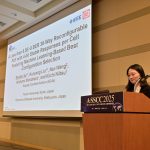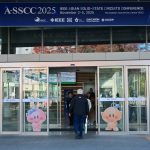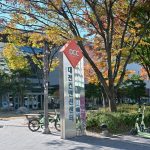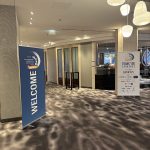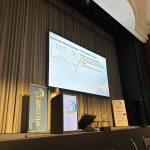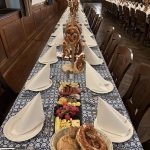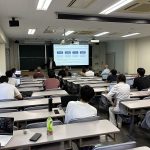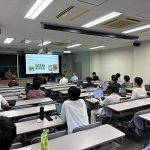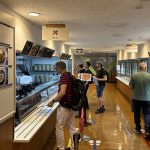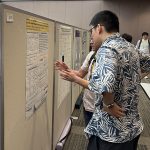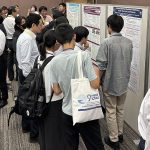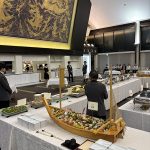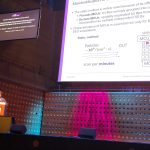The following papers have been accepted for ISSCC 2026.
We will present our results in San Francisco in February 2026.
S. Xu*, K. Liu*, L. Chan, H. Tagawa, H. Shinohara, K. Niitsu, “A Sub-Threshold All-nMOS Reconfigurable PUF with Secure Configuration Selection for Stable 6-Bits/Cell,” Technical Digest of International Solid-State Circuits Conference (ISSCC), to appear. (*ECAs)
Q. Cheng*, Z. Yang*, H. Li, Q. Li, Z. Kong, G. Niu, Y. Liang, J. Li, J. Yoo, M. Hashimoto, and L. Lin, “A Radiation-Hardened Self-Healing Cmos Imager with Online Pixel/Logic Annealing and Tile-Adaptive Compression for Space Applications,” Technical Digest of International Solid-State Circuits Conference (ISSCC), to appear. (*ECAs)
